I've 2 tables tblMain and tblDetail on SQL Server that are linked with tblMain.id=tblDetail.OrderID for orders usage. I've not found exactly the same situation in StackOverflow.
Here below is the sample table design:
/* create and populate tblMain: */
CREATE TABLE tblMain (
ID int IDENTITY(1,1) NOT NULL,
DateOrder datetime NULL,
CONSTRAINT PK_tblMain PRIMARY KEY
(
ID ASC
)
)
GO
INSERT INTO tblMain (DateOrder) VALUES('2021-05-20T12:12:10');
INSERT INTO tblMain (DateOrder) VALUES('2021-05-21T09:13:13');
INSERT INTO tblMain (DateOrder) VALUES('2021-05-22T21:30:28');
GO
/* create and populate tblDetail: */
CREATE TABLE tblDetail (
ID int IDENTITY(1,1) NOT NULL,
OrderID int NULL,
Gencod VARCHAR(255),
Quantity float,
Price float,
CONSTRAINT PK_tblDetail PRIMARY KEY
(
ID ASC
)
)
GO
INSERT INTO tblDetail (OrderID, Gencod, Quantity, Price) VALUES(1, '1234567890123', 8, 12.30);
INSERT INTO tblDetail (OrderID, Gencod, Quantity, Price) VALUES(1, '5825867890321', 2, 2.88);
INSERT INTO tblDetail (OrderID, Gencod, Quantity, Price) VALUES(3, '7788997890333', 1, 1.77);
INSERT INTO tblDetail (OrderID, Gencod, Quantity, Price) VALUES(3, '9882254656215', 3, 5.66);
INSERT INTO tblDetail (OrderID, Gencod, Quantity, Price) VALUES(3, '9665464654654', 4, 10.64);
GO
Here is my SELECT with grouping:
SELECT tblMain.id,SUM(tblDetail.Quantity*tblDetail.Price) AS TotalPrice
FROM tblMain LEFT JOIN tblDetail ON tblMain.id=tblDetail.orderid
WHERE (tblDetail.Quantity<>0) GROUP BY tblMain.id;
GO
This gives:
The wished output:
We see that id=2 is not shown even with LEFT JOIN, as there is no records with OrderID=2 in tblDetail.
How to design a new query to show tblMain.id = 2? Mean while I must keep WHERE (tblDetail.Quantity<>0) constraints. Many thanks.
EDIT:
The above query serves as CTE (Common Table Expression) for a main query that takes into account payments table tblPayments again.
After testing, both solutions work.
In my case, the main table has 15K records, while detail table has some millions. With (tblDetail.Quantity<>0 OR tblDetail.Quantity IS NULL) AND tblDetail.IsActive=1 added on JOIN ON clause it takes 37s to run, while the first solution of @pwilcox, the condition being added on the where clause, it ends up on 29s. So a gain of time of 20%.
tblDetail.IsActive column permits me ignore detail rows that is temporarily ignored by setting it to false.
So the for me it's ( @pwilcox's answer).
where (tblDetail.quantity <> 0 or tblDetail.quantity is null)

